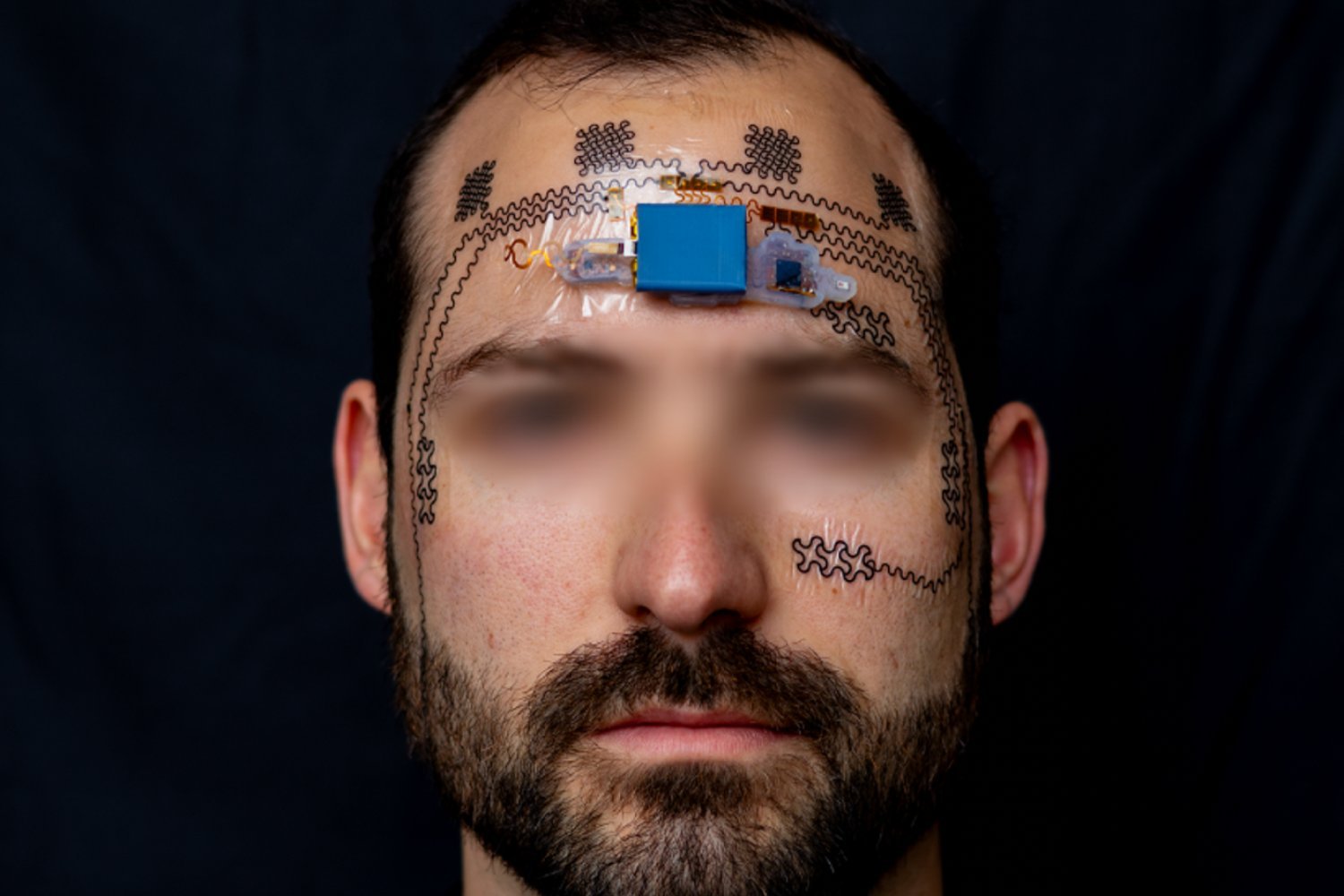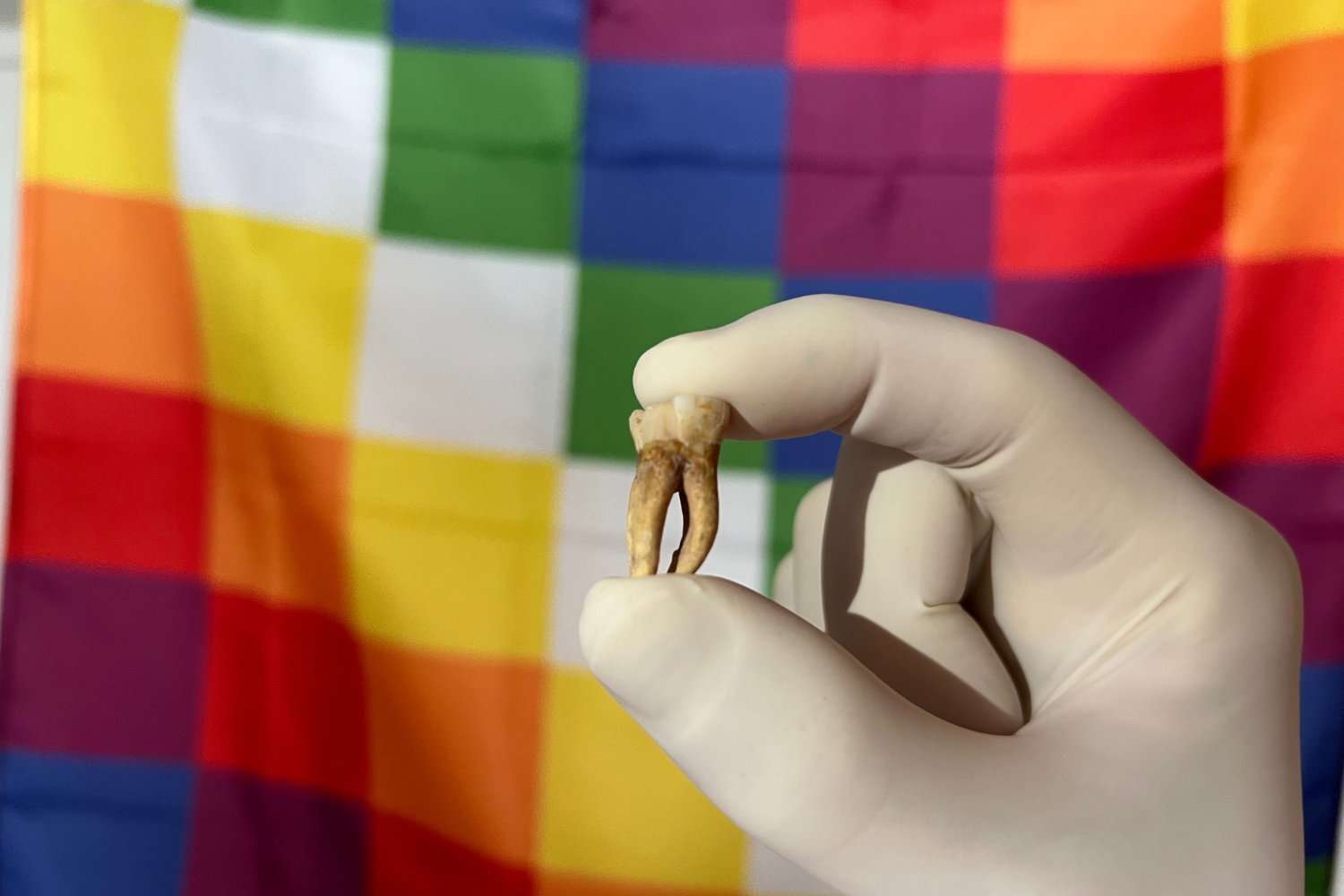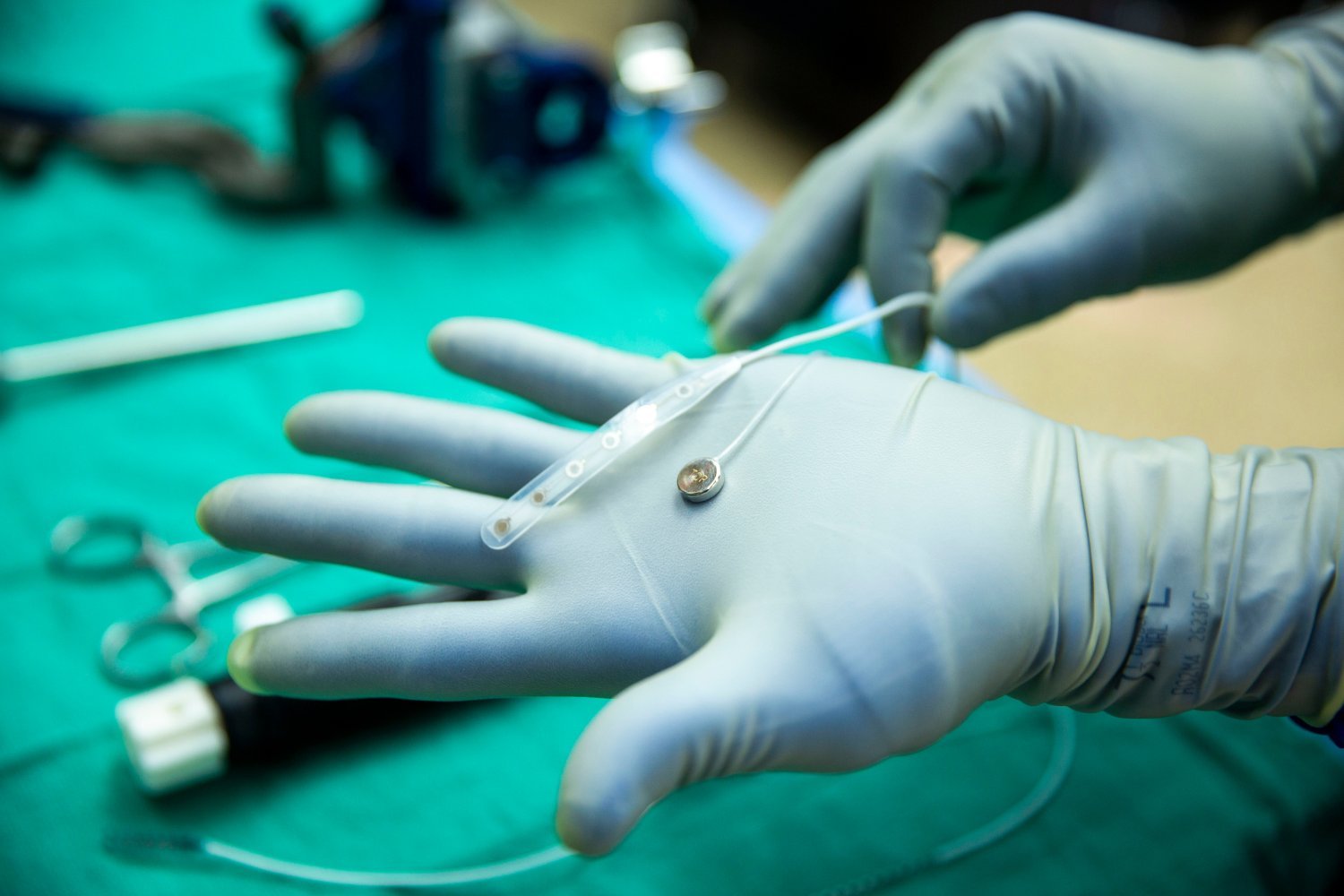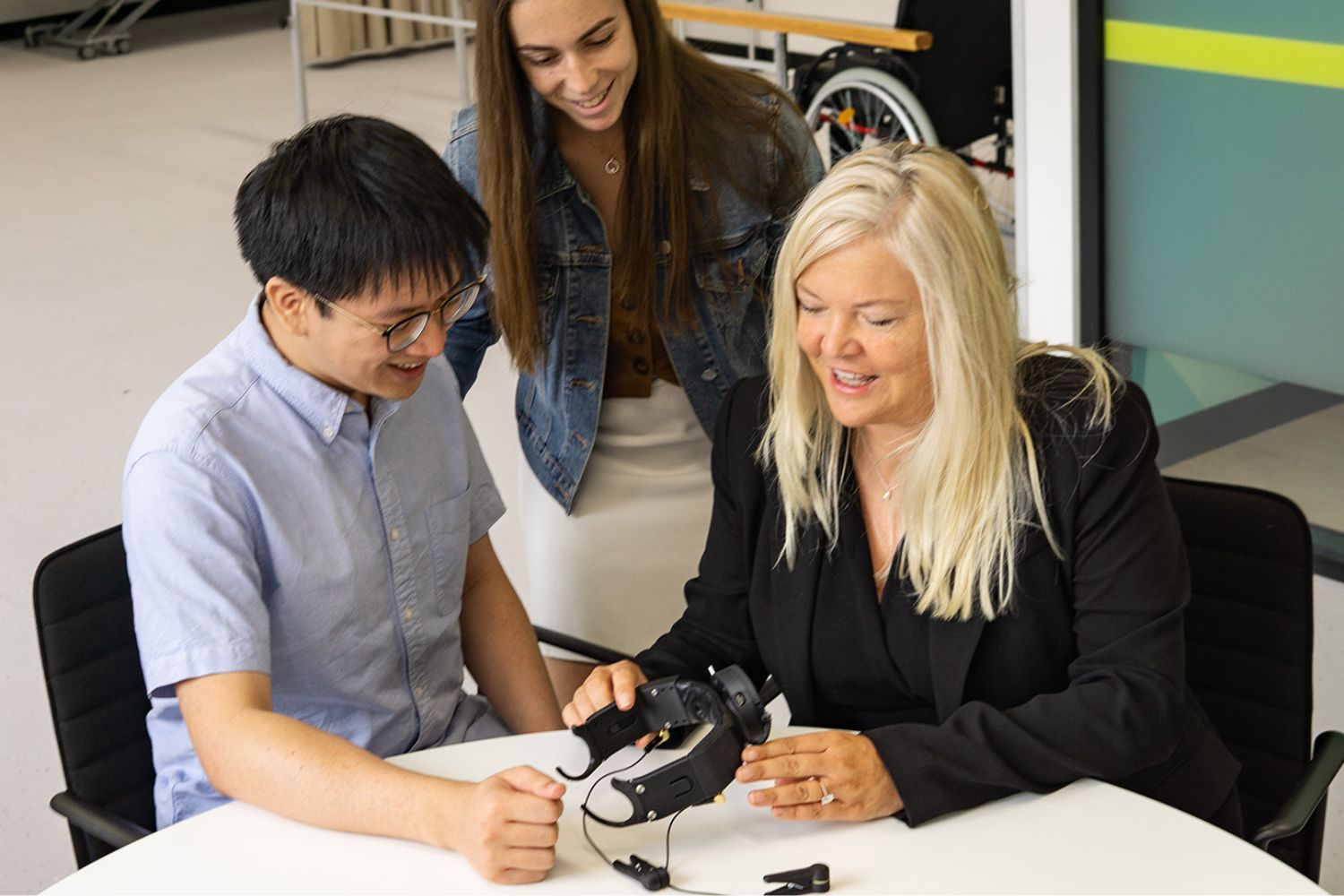Ever wondered how much your job is truly stressing you out? Scientists at the University of Texas at Austin have developed an innovative solution: a temporary electronic tattoo that could soon provide real-time answers. This “facial mood ring,” crafted from electronic ink, wirelessly measures and analyzes electrical signals from the brain and eyes, offering a new frontier in e-tattoo stress monitoring. Initial studies suggest this unobtrusive and relatively affordable technology can effectively indicate when individuals are mentally taxed, paving the way for applications in high-stakes professions.
The Challenge of Traditional Brain Monitoring
The development of this e-tattoo, led by senior researcher Nanshu Lu, addresses a significant hurdle in neuroscience: while electroencephalography (EEG) reliably measures brain activity, its practical application is often cumbersome. Traditional EEG setups typically involve bulky caps, numerous wires, and conductive gel, making them ill-suited for real-world stress assessment, especially during active work.
The team’s ultrathin, flexible, and wireless e-tattoo aims to overcome these limitations. It ingeniously combines the functionalities of an EEG with electrooculography (EOG), which tracks eye movements by measuring electrical activity. This dual capability offers a more comprehensive view of a person’s cognitive state.
Decoding Mental Strain: How the E-Tattoo Works
In a recent study published in the journal Device, Lu and her team tested the e-tattoos on six volunteers. Participants undertook memory tests of increasing difficulty. As the cognitive load intensified and performance waned, the e-tattoos detected corresponding changes in brain activity—key indicators of heightened cognitive demand or fatigue. Importantly, these detected brain patterns aligned closely with the volunteers’ self-reported stress levels.
Furthermore, when the data collected from the e-tattoos was fed into a computer model, it successfully estimated varying levels of mental workload. This suggests the e-tattoos could not only detect current mental fatigue but also predict its onset, offering a proactive approach to managing cognitive strain.
Advantages and Wide-Ranging Potential of E-Tattoos
“Compared to existing methods like headbands or gel-based caps, our approach is far more wearable, especially in dynamic or helmet-constrained environments,” Nanshu Lu, an engineer specializing in soft electronics at UT Austin, explained. Beyond its superior wearability, the e-tattoo is also remarkably cost-effective. While a new conventional EEG system can cost upwards of $20,000, the e-tattoo’s chips and battery pack are estimated at around $200, with disposable sensors costing about $20 each. [internal_links]
The potential applications are vast. “This technology could help monitor cognitive fatigue in pilots, drivers, or surgeons, where lapses can be dangerous. It could also support personalized learning, stress management, or even early warning systems in high-risk jobs,” Lu elaborated.
Navigating Limitations and Future Innovations
Despite its promise, the technology has limitations. Currently, the e-tattoos are effective only on hairless skin, though the team is exploring integration with wireless ink sensors for scalp application. Extending coverage beyond the forehead while maintaining comfort also presents a challenge. Crucially, real-world data is needed to confirm the technology’s efficacy in diverse environments—a key focus for the researchers’ ongoing efforts.
“Next, we aim to validate our device in relevant and even real-world environments. We’re also working on integrating on-tattoo edge computing and real-time feedback without compromising user privacy,” Lu stated, outlining the path forward. The team also acknowledges the practical consideration of user adoption, aiming to ensure the device is not only functional but also aesthetically acceptable.
This innovative e-tattoo technology represents a significant step towards accessible and continuous mental workload monitoring. As research progresses, these sophisticated sensors could revolutionize how we understand and manage stress and cognitive fatigue in various aspects of life. For those keen on the intersection of health and technology, advancements in wearable biosensors like this e-tattoo are certainly developments to watch.











